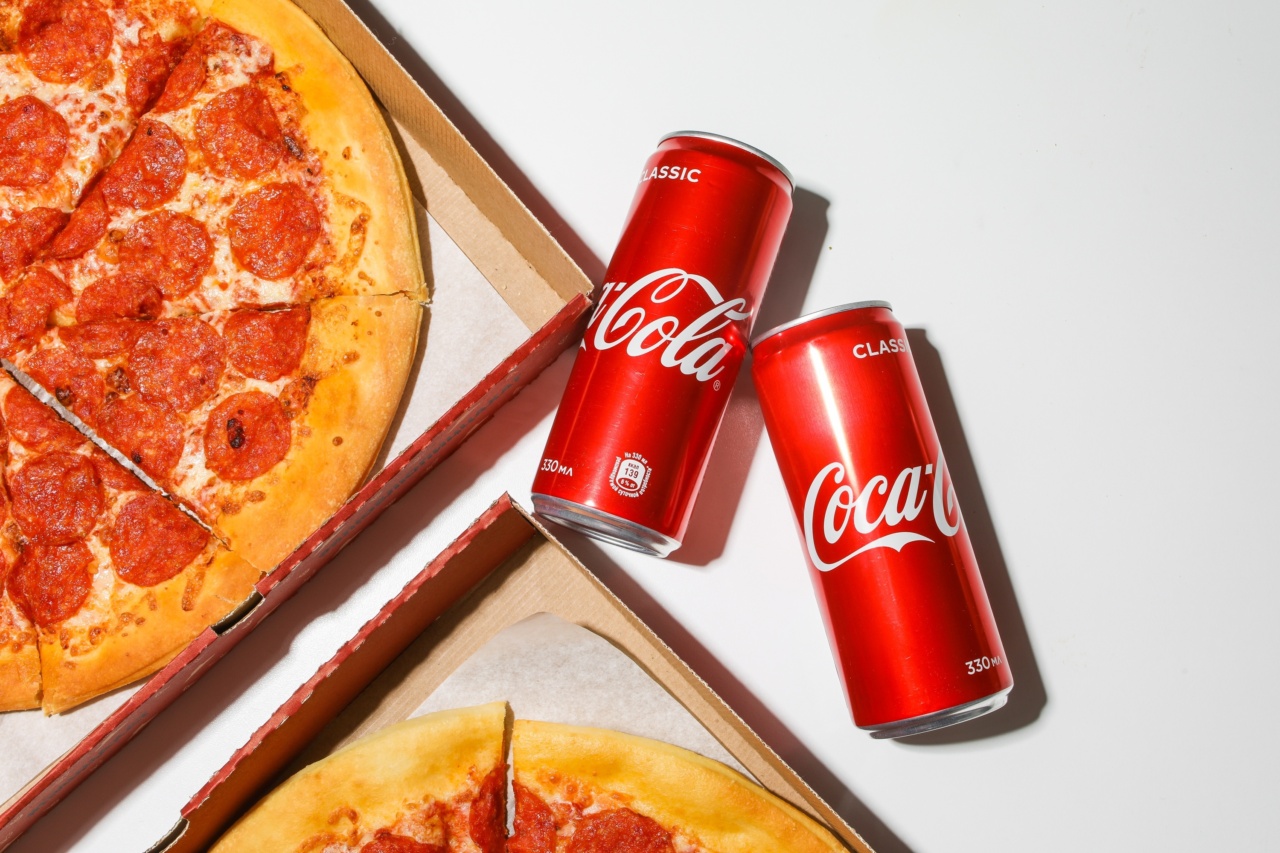When trying to lose weight or maintain a healthy diet, many individuals turn to low-fat foods.
These products often claim to be a healthier alternative to their full-fat counterparts, and while that may be true in some cases, not all low-fat options are created equal. Some low-fat foods can actually be unhealthy, potentially derailing weight loss goals or even causing harm to the body. In this article, we will explore 10 low-fat foods that can actually be unhealthy.
Low-Fat Yogurt with Added Sugar
Yogurt is a popular food item among those looking to lose weight or maintain a healthy diet. However, many yogurts labeled as low-fat contain added sugar to make up for the lack of fat content.
This added sugar can ultimately contribute to weight gain and negatively impact overall health, increasing the risk of conditions such as diabetes, heart disease, and fatty liver disease. It’s important to read all nutrient labels before purchasing and consuming low-fat yogurt to ensure that it doesn’t contain added sugars.
Rice Cakes
Rice cakes are often touted as a low-fat, low-calorie snack option. While they may be low in fat and calories, they lack important nutrients and fiber that can help keep the body healthy and full between meals.
Additionally, many brands of rice cakes contain added salt, which can lead to high blood pressure and other health issues. Instead of rice cakes, opt for whole-grain crackers or fresh fruits and vegetables for a satisfying snack.
Low-Fat Salad Dressing
Salads are a healthy meal option, but many individuals often undo the nutritional benefits by adding high-calorie, high-fat dressings. To combat this, many turn to low-fat dressings.
However, these dressings are often high in added sugars and chemicals, potentially causing more harm than good. A better option would be to make homemade dressings using natural, nutrient-dense ingredients like olive oil, lemon juice, and herbs.
Low-Fat Granola
Granola is often marketed as a health food, but the reality is that many brands of granola are high in added sugars, salt, and fat. When trying to make a healthier choice, many individuals turn to low-fat granola.
However, these products may contain added sugars and chemicals to compensate for the lack of fat and still have high calorie content. Before purchasing low-fat granola, it’s important to read the nutrient label carefully to ensure that it’s a healthy choice.
Low-Fat Chips
Chips are a popular snack, but they are often high in fat and calories, contributing to weight gain and other health issues. As a result, many brands have released low-fat versions of their chips.
While these products may contain less fat than their full-fat counterparts, they are often high in sodium and artificial ingredients that can be unhealthy if consumed in high amounts. A better option would be to choose snacks like air-popped popcorn or freshly cut vegetables with salsa dip.
Low-Fat Cookies
Cookies are a delicious treat, but they are often high in sugar and fat, making them a guilty pleasure for many. To combat this, many brands have started producing low-fat versions of their cookies.
However, these products may contain more added sugars than their full-fat counterparts in order to make up for the lack of flavor and texture, causing more harm than good. Instead of low-fat cookies, consider baking homemade treats that use natural sweeteners like honey or maple syrup and healthy fats like coconut oil or avocado.
Low-Fat Peanut Butter
Peanut butter is a popular food item, but it’s high in fat and calories, making it a less-than-ideal option for those trying to maintain a healthy diet.
To address this, many brands have created low-fat versions of peanut butter that contain up to 90% less fat than regular peanut butter. However, these products often contain added sugars and chemicals to compensate for the difference in flavor and texture, which can be unhealthy if consumed in large amounts. Instead, opt for natural peanut butter that contains only peanuts and salt.
Low-Fat Frozen Dinners
Frozen dinners are a convenient meal option for those who are short on time or don’t enjoy cooking. Many brands of frozen dinners now offer low-fat options that are marketed as being healthier than their higher-fat counterparts.
However, these products often contain a large amount of sodium, which can contribute to high blood pressure and other health issues. Additionally, they often lack important nutrients and fiber that can help keep the body healthy and satisfied. Instead of relying on frozen dinners, consider meal prepping healthy meals in advance or choosing fresh ingredients to cook at home.
Low-Fat Sausages
Sausage is a high-fat, high-calorie food item that is often avoided by those trying to maintain a healthy diet. To offer a healthier option, many brands now offer low-fat sausages that are marketed as being a healthier alternative.
However, these products often contain added sugars, chemicals, and preservatives that can be unhealthy if consumed in large amounts. A better option would be to choose lean proteins such as chicken, fish, or turkey to incorporate into meals instead of processed meats like sausages.
Low-Fat Cheese
Cheese is a delicious food item that is often high in fat and calories. To combat this, many brands have created low-fat versions of their cheeses.
While these products may contain less fat than their full-fat counterparts, they often contain added chemicals and preservatives to make up for the difference in flavor and texture. Additionally, they may lack important nutrients that can be found in full-fat cheese, like vitamin K2. Choose organic, full-fat cheese with natural ingredients to reap the nutritional benefits without compromising on taste.
Conclusion
When trying to maintain a healthy diet, it’s important to read labels carefully to ensure that low-fat foods don’t contain added sugars, chemicals, and preservatives.
While some low-fat foods can be a healthy option, it’s often better to choose whole, nutrient-dense foods that offer a wide range of benefits. Incorporate fresh fruits and vegetables, lean proteins, and whole grains into meals to promote better health and wellness.



























